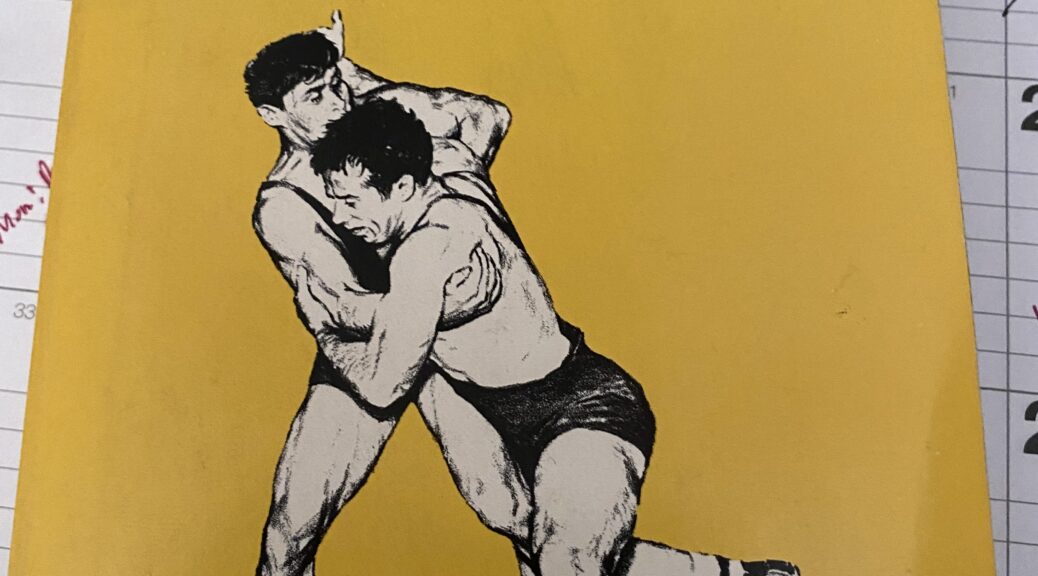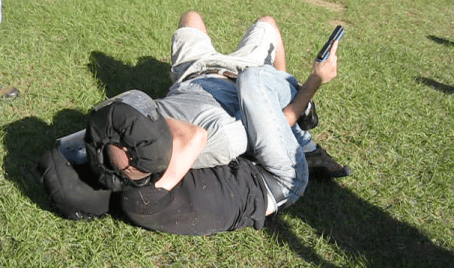It’s funny that we are always looking for the new hotness. Somehow, we have an inherent belief that if something is newer, it is automatically better. In every area, the new thing completely replaces the current thing in our heads.
The bitter truth is that most of the time, we are wrong. Sure, on occasion something cool comes along that is truly different and it a leap forward, such as the introduction of Brazilian Jiu-jitsu. However, that is the exception that proves the rule. Generally, the newer thing is just a repackaging of old, or it is different but has no added value to what already exists.
Here is a perfect case in point. I originally read this book, John Jesse’s Wrestling Physical Conditioning Encyclopedia when I check it out of the Phoenix Public Library in 1980. I checked it out 4 or 5 more times over the next year, until finally I tried to buy it for myself. Keep in mind this was decades before the internet and the convenience of Amazon. No bookstore in the state of Arizona had it in stock (I know, because I called pretty much all of them). It became the first book I ever had special ordered thanks to a helpful employee at B. Dalton Bookseller in Paradise Valley Mall. Over the next few years I went through this book and make notes all through it, until eventually I had to buy a second copy to keep it readable and look nice in the bookshelf.
In this book is literally everything you need to know about strength, condition, mobility, and training programs to get anyone into a good solid fighting condition, not just for “wrestling” but as a general prep to fight or defend yourself. As I said, I first read it in 1980, and followed a couple of the programs (the ramp up for running guide in particular is genius).
So, did I do the smart thing and ignore most of what I saw that came after and pursued this methodology to get in the best condition possible? Of course not. This is me we are talking about. I jumped after each new “discovery” I made after that, to include some truly epic dumb crap (Gold Gym’s Book of Strength Training for example – basically bodybuilding programs tailored to different body parts to prep you for a specific sport – soooooooo stupid). Now, some stuff that I found after were great, like the bulk of Dan John’s work, or the stuff that Joel Jamieson put out. But for the most part, I wasted a ton of time chasing the new shiny squirrel.
So many times I would like to go back in time and bitchslap the hell out of 20 year old Cecil. He was such an idiot.


